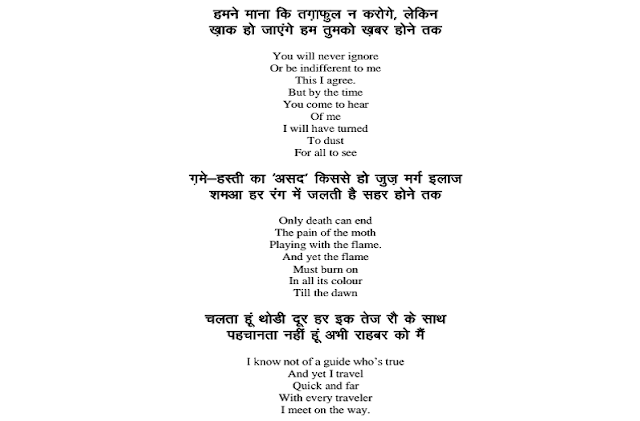Recently, Andy Mukherjee of Bloomberg wrote on the day Infosys’ September quarterly results came out that the India IT industry as we know it is dead. Today two Bloomberg columnists James Greiff and Noah Smith have written that globalization too is on its last legs.
The IT industry’s demise is based on the premise that artificial intelligence and IoT will make humans redundant in many of the IT jobs from India where the off shore model employees young legs from India in US, Europe etc. Besides, there is the rising tide of protectionism in Europe and western nations, whose economic prospects are none too bright because of the global economic slowdown and geopolitical uncertainties. Events like Brexit had added to the volatility of economic operations in EU countries. The rising cost levels in China and its shrinking imports are another dampener .Added to this are the uncertainties in the Indian economy itself where new investments are not happening. Besides, the cost of upgrading the skills of Indian engineers and managers is rising because of quality issues in education. For all these reasons, Andy felt that India’s IT industry has no future, especially since the IT biggies are so very short on innovation and creativity.
Globalization is under siege from many quarters. In the US, in spite of the lip service to it, political interests from both sides find protectionism more conducive to their survival. Witness the current US presidential debate. Both Trump and Hillary are batting for protectionism. The unexpected onrush of immigrants from the Middle East into Europe has created a wave of panic against globalization in US as well as in Europe. Added to this is the financial crisis and recession because of which, Europe’s and America’s trade with each other and the world is under severe strain. The net result is the severe curtailment of financial flows across countries. Some of the unethical practices by few big global banks have also disenchanted many countries. And add to all this has been the rising tide of extremism and fears about ISIS.
Slower population growth across many continents, except the African continent is curbing the effective global demand. Low fertility throughout most of the world is also acting as a drag on economic growth. China’s working-age population is falling by millions every year. Europe and East Asia are graying rapidly and fertility has fallen to replacement levels. Only India is somewhat positive on these indices. But, its growth prospects are hampered by poor social, health and educational parameters.
International agencies like IMF, World Bank, WTO, UNO etc. are on steep decline and are becoming irrelevant. No wonder, therefore, that many believe that globalization is going the way of all flesh!
Futurologists are rendering the requiem for Indian IT industry and globalization. You can shut your eyes and disbelieve!!
-
Prof. K. K. Krishnan
Chairperson - CCR &
Prof. Centre for Insurance & Risk Management
Birla Institute of Management Technology











